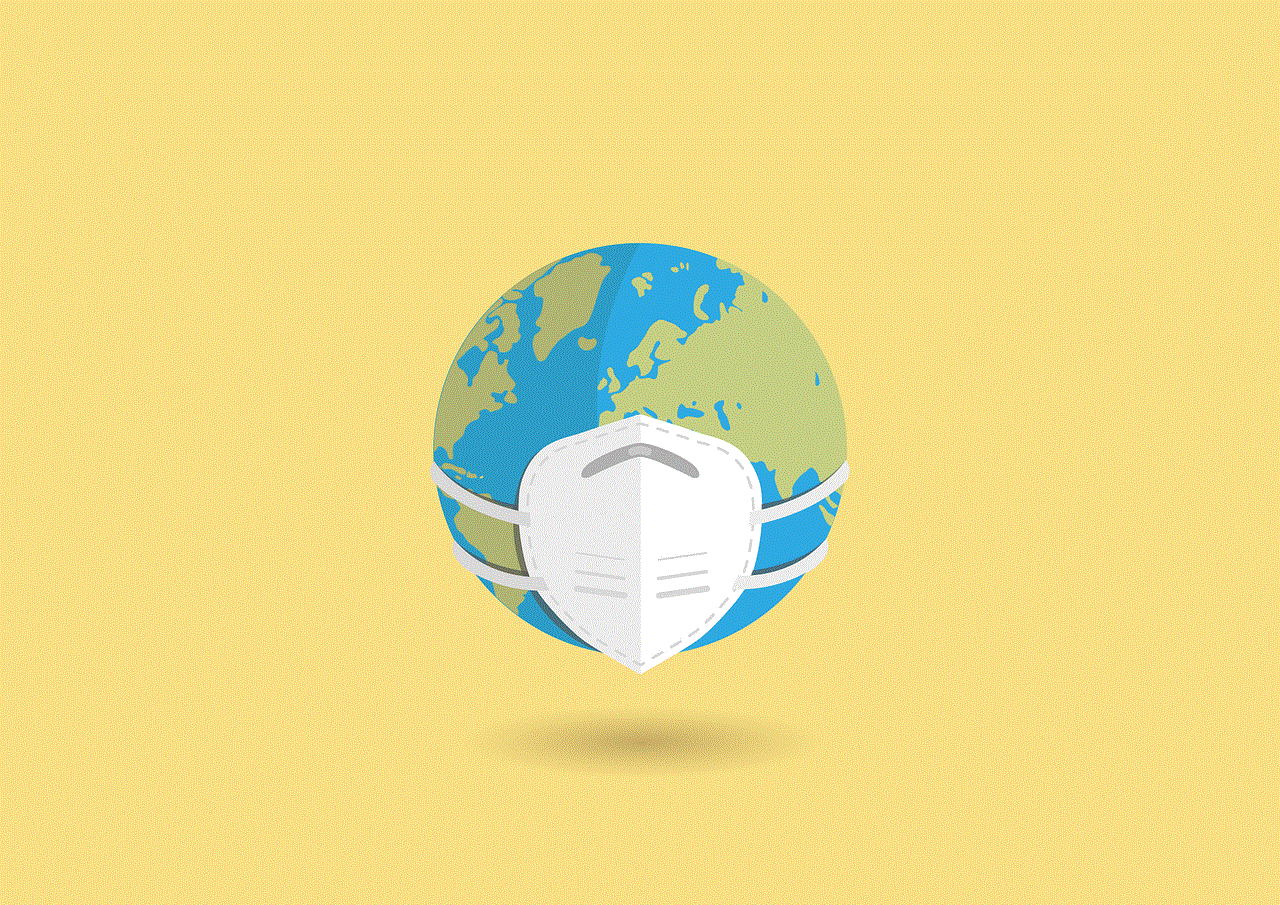screen in screen iphone
# Screen in Screen on iPhone: A Comprehensive Guide
In today’s fast-paced digital world, multitasking has become an essential part of our daily routines. Whether you’re a student trying to take notes while watching a lecture, a professional attending a video conference while checking emails, or someone who simply enjoys binge-watching shows while scrolling through social media, the need for efficient multitasking features in our devices is paramount. Apple has recognized this need and introduced the Screen in Screen (PiP) feature on its iPhones, allowing users to enjoy videos while simultaneously engaging with other apps. In this article, we will delve deep into the Screen in Screen feature on iPhones, its functionalities, how to use it, the apps that support it, and its implications for users in various scenarios.
## Understanding the Screen in Screen Feature
Screen in Screen, or Picture in Picture (PiP), is a feature that enables users to watch videos in a small, resizable window while navigating other applications. This capability is particularly useful for those who wish to maintain a semblance of focus on their video content while still engaging with other tasks. The PiP feature is not unique to iPhones; it has been a staple in other operating systems and devices for years. However, Apple’s implementation of PiP on iOS has made it accessible and user-friendly for millions of iPhone users.
## How to Enable Screen in Screen on iPhone
To use the Screen in Screen feature, you first need to ensure that your iPhone is running at least iOS 14 or later. If your device meets this requirement, you can easily enable the feature by following these steps:
1. **Open the Settings App**: Start by tapping on the Settings icon on your iPhone’s home screen.
2. **Navigate to General**: Scroll down and select the “General” option.
3. **Select Picture in Picture**: Find and tap on “Picture in Picture”. Here, you can toggle the feature on or off and adjust settings according to your preferences.
Once enabled, the PiP feature will automatically activate when you start watching a video in a compatible app.
## Using Screen in Screen on iPhone
Using the Screen in Screen feature is straightforward. Here’s a step-by-step guide on how to use it:
1. **Start Watching a Video**: Open a supported app such as YouTube , FaceTime, or Apple TV, and start playing a video.
2. **Exit the App**: While the video is playing, swipe up from the bottom of the screen (or press the Home button on older iPhone models) to return to the home screen or navigate to another app.
3. **Adjust the PiP Window**: The video will continue playing in a small window in one corner of your screen. You can drag this window to any corner of the screen and resize it by pinching in or out.
4. **Control Playback**: You can pause, play, or close the video window using the controls within the PiP window. Tapping on the window will reveal more options like full-screen mode or returning to the original app.
5. **Returning to Full-Screen**: If you want to watch the video in full-screen mode again, simply tap on the PiP window, and select the full-screen icon.
## Supported Apps for Screen in Screen
While the Screen in Screen feature is versatile, not all apps support it. However, many popular applications have integrated this feature, enhancing the user experience. Here are some notable apps that support Screen in Screen on iPhone:
– **YouTube**: Users can enjoy their favorite videos while browsing other content or apps.
– **Apple TV**: Watch movies and shows while multitasking.
– **FaceTime**: Stay connected with friends and family while using other applications.
– **Netflix**: Ideal for binge-watching shows while managing other tasks.
– **Disney+**: Watch your favorite Disney movies and series in a PiP window.
– **Twitch**: Stream live gaming content while engaging with your social media or other gaming apps.
It is essential to note that some applications may require a subscription or a one-time purchase to utilize the PiP feature.
## Benefits of Using Screen in Screen on iPhone
The introduction of the Screen in Screen feature has transformed the way users interact with their devices. Here are some of the key benefits:
### 1. Enhanced Multitasking
The primary advantage of the Screen in Screen feature is its ability to enhance multitasking. Users can easily switch between tasks without pausing their video content, making it an invaluable tool for productivity.
### 2. Improved User Experience
The PiP window allows users to enjoy video content in a more flexible manner. It can be resized and moved around the screen, giving users control over how they consume content while engaging with other applications.
### 3. Increased Engagement
By allowing users to watch videos while performing other tasks, the Screen in Screen feature keeps them engaged with the content. This is particularly useful for educational videos or live streams where users may want to take notes or interact with chat features.
### 4. Seamless Integration
The PiP feature seamlessly integrates with the iOS interface, making it easy for users to understand and navigate. The controls are intuitive, allowing users to manage their video playback without any hassle.
### 5. Flexibility for Content Creators
For content creators and streamers, the ability to monitor their live streams or video chats while managing their social media or editing tools can significantly enhance their workflow and productivity.
## Challenges and Limitations of Screen in Screen
Despite the numerous advantages of the Screen in Screen feature, there are some challenges and limitations that users should be aware of:
### 1. Limited App Support
While many popular applications support PiP, there are still many that do not. This can be a limitation for users who rely on a diverse range of apps for their daily tasks.
### 2. Video Quality
Depending on the app and internet connection, the video quality in the PiP window may not always match the quality of full-screen playback. Users who prioritize high-definition video may find this to be a drawback.
### 3. Distractions
While multitasking can be beneficial, it can also lead to distractions. Users may find themselves less focused on the video content when juggling multiple tasks at once.
### 4. Battery Usage
Running multiple applications simultaneously can lead to increased battery consumption. Users should monitor their battery levels when using the PiP feature for extended periods.
## Tips for Maximizing the Screen in Screen Experience
To make the most out of the Screen in Screen feature on your iPhone, consider the following tips:
### 1. Experiment with Different Apps
Try using various apps that support the PiP feature to find the ones that best suit your needs. Different apps may offer unique functionalities that can enhance your multitasking experience.
### 2. Customize Settings
Take advantage of the settings available in the Picture in Picture menu. Customize your preferences to ensure that the PiP feature works seamlessly with your workflow.
### 3. Use Headphones
If you are multitasking in a busy environment, consider using headphones to minimize distractions. This will allow you to focus on the video content while managing other tasks.
### 4. Manage Notifications
To avoid interruptions while using the PiP feature, consider managing your notifications. You can enable Do Not Disturb mode to prevent distractions from incoming messages and alerts.
### 5. Monitor Battery Life
Keep an eye on your battery life when using the Screen in Screen feature. If you notice significant battery drain, consider closing unused applications or adjusting your settings.
## The Future of Screen in Screen on iPhone
As technology continues to evolve, so too will the capabilities of the Screen in Screen feature. Future updates may introduce additional functionalities, such as enhanced integration with other Apple services, improved video quality, and expanded app support. Furthermore, as users increasingly rely on their devices for both work and entertainment, it is likely that Apple will continue to refine and enhance the PiP experience.
### Conclusion
The Screen in Screen feature on iPhone represents a significant advancement in mobile multitasking. By allowing users to watch videos while engaging with other apps, it enhances productivity, increases engagement, and offers a more versatile user experience. While there are challenges and limitations associated with the feature, the benefits far outweigh them for most users. As more apps adopt the PiP functionality and Apple continues to innovate, the future of multitasking on iPhones looks promising. Embrace the Screen in Screen feature and take your multitasking to the next level, transforming how you interact with your device in a world where efficiency is key.



remove app from android
# A Comprehensive Guide to Removing Apps from Android Devices
In the digital age, smartphones have become an indispensable part of our daily lives. With the plethora of applications available for download, it’s easy to accumulate numerous apps on your Android device. However, over time, you may find that some apps no longer serve a purpose, take up valuable storage space, or clutter your home screen. In this extensive guide, we will explore the various methods for removing apps from Android devices, delve into the reasons why you might want to uninstall certain apps, and provide tips on managing your app usage effectively.
## Understanding App Management on Android
Before diving into the methods of app removal, it’s essential to understand the Android operating system’s app management system. Android, developed by Google, is designed to allow users to install, update, and uninstall applications with ease. Each app on your device is housed in the app drawer, and you interact with them through icons on your home screen or through the app drawer itself.
Apps can be categorized into three types: system apps, user-installed apps, and pre-installed apps. System apps are essential for the operating system’s functionality, while user-installed apps are those you download from the Google Play Store or other sources. Pre-installed apps, often referred to as bloatware, come with the device and can sometimes be removed or disabled depending on the manufacturer’s settings.
## Reasons to Remove Apps
There are several reasons why you might consider removing apps from your Android device:
### 1. **Freeing Up Storage Space**
One of the most common reasons for uninstalling apps is to free up storage space. Each app takes up a certain amount of space on your device, and as you download more apps, you may notice a decrease in available storage. This can lead to performance issues or prevent you from installing new apps or updates.
### 2. **Improving Device Performance**
Having too many apps installed can slow down your device, especially if those apps run in the background. Uninstalling unnecessary applications can help improve the overall performance and responsiveness of your Android device.
### 3. **Reducing Clutter**
A cluttered home screen can make it challenging to find the apps you frequently use. By removing those that you seldom interact with, you can create a more organized and user-friendly interface.
### 4. **Enhancing Security**
Some apps may pose security risks by collecting personal data or being poorly maintained. By uninstalling these apps, you can enhance your device’s security and reduce the risk of data breaches.
### 5. **Managing Notifications**
Certain apps can bombard you with notifications that can be distracting or overwhelming. By removing these apps, you can regain control over your notifications and focus on what matters most.
## Methods to Remove Apps from Android Devices
Now that we’ve explored the reasons for removing apps, let’s discuss the various methods you can use to uninstall them from your Android device. These methods vary slightly depending on the version of Android you are using and the device manufacturer, but the fundamental processes remain similar.
### Method 1: Uninstalling Apps via the App Drawer
1. **Open the App Drawer**: Swipe up from the bottom of your screen or tap the app drawer icon to access all your installed applications.
2. **Locate the App**: Scroll through the list of applications to find the app you wish to uninstall.
3. **Long Press the App Icon**: Once you’ve found the app, press and hold the icon until a menu appears.
4. **Select Uninstall**: Tap on “Uninstall” or drag the icon to the “Uninstall” option that usually appears at the top of the screen.
5. **Confirm Uninstallation**: A prompt will appear asking you to confirm the uninstallation. Tap “OK” or “Uninstall” to remove the app from your device.
### Method 2: Uninstalling Apps via Settings
1. **Open Settings**: Locate the settings icon on your home screen or app drawer and tap to open it.
2. **Navigate to Apps**: Scroll down and select “Apps” or “Applications” (the wording may vary depending on your device).
3. **Select the App**: In the Apps menu, you’ll see a list of all installed applications. Scroll through the list and tap on the app you want to remove.
4. **Uninstall the App**: On the app info page, tap “Uninstall.” A confirmation prompt will appear; tap “OK” to proceed.
### Method 3: Uninstalling Apps via the Home Screen



1. **Find the App Icon**: Locate the app icon on your home screen.
2. **Long Press the Icon**: Press and hold the app icon until a menu appears.
3. **Select Uninstall**: Choose the “Uninstall” option or drag the icon to the “Uninstall” area at the top of the screen.
4. **Confirm the Action**: Confirm that you want to uninstall the app by tapping “OK.”
### Method 4: Using Third-Party Apps
There are third-party applications specifically designed for app management. These apps can help you bulk uninstall unwanted applications, clear cache, and optimize your device’s performance. Examples include:
– **CCleaner**: This app provides a simple interface to uninstall apps and clean up storage space.
– **SD Maid**: This app offers advanced features for cleaning up your device, including uninstalling apps that are no longer needed.
To use these apps, simply download them from the Google Play Store and follow the on-screen prompts to remove unwanted applications.
## Disabling System Apps
In some cases, you may find that certain system apps cannot be uninstalled as they are integral to the device’s functionality. However, many Android devices allow you to disable these apps, effectively removing them from your app drawer and preventing them from running in the background .
### Steps to Disable System Apps
1. **Open Settings**: Access the settings menu on your device.
2. **Navigate to Apps**: Tap on “Apps” or “Applications.”
3. **Select the App**: Find and tap on the system app you wish to disable.
4. **Disable the App**: On the app info page, look for the “Disable” button and tap it. Confirm your action if prompted.
Disabling apps can help improve device performance and reduce clutter while keeping the option to enable them again if needed.
## Managing Apps Effectively
Once you’ve removed unwanted apps from your device, it’s essential to manage your remaining applications effectively. Here are some tips to help you maintain a clutter-free and efficient app environment:
### 1. **Regularly Review Your Apps**
Make it a habit to review your installed applications every few months. Consider whether you still use each app and remove those that no longer serve a purpose.
### 2. **Use Folders for Organization**
If you have multiple apps of the same category, consider organizing them into folders. For example, you can create folders for social media, productivity, or entertainment apps to streamline your home screen.
### 3. **Limit Notifications**
Go through your app settings and limit unnecessary notifications. This can help reduce distractions and keep your focus on the most important tasks.
### 4. **Backup Important Data**
Before uninstalling any app, ensure that you back up any important data associated with it. Some apps may store vital information that you don’t want to lose.
### 5. **Consider Alternatives**
If you find that a particular app is not meeting your needs, look for alternatives that might offer better functionality or features. The Google Play Store has a vast selection of apps, so there are usually multiple options available for any task.
## Conclusion
Removing apps from your Android device is a straightforward process that can significantly enhance your user experience. Whether you’re looking to free up storage space, improve performance, or reduce clutter, understanding the methods of app removal and management is essential. By following the steps outlined in this guide and implementing effective app management strategies, you can ensure that your Android device remains efficient, organized, and tailored to your needs.



As technology continues to evolve, staying informed about app management practices will empower you to make the most of your Android device. Remember to regularly review your applications, disable unnecessary system apps, and explore third-party management tools to streamline your experience. With a little effort, you can maintain a clean, organized, and high-performing Android device that meets your lifestyle and productivity needs.